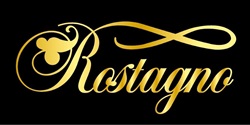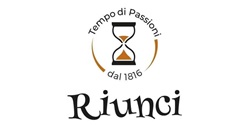Stellar outcomes with 498 wines awarded the prestigious “Three Glasses” recognition, and over 1800 wines closely following the lead.
ROME – Italy’s wine heritage is much like its culture: a perfect blend of tradition and innovation. As an international powerhouse in the wine industry, Italy’s focus on bio-diversity stands out in an increasingly globalized world. In a universe dominated by a handful of ‘international’ grape varieties, Italy’s rich tapestry of flavors and wine profiles has a magnetic pull for wine lovers around the globe.
The recently released Guida Vini d’Italia 2024 highlights Italy’s undiminished wine supremacy. With a jaw-dropping count of 498 wines being awarded the coveted ‘Tre Bicchieri’ title, it’s clear that the average quality of Italian wine, across all regions, is on the rise. Even more striking is the emergence of the ‘Tre Bicchieri Verdi’ – a special accolade for wines from organic or biodynamic certified vineyards. A stunning 35% of all awarded wines fall into this category, a testament to the country’s increasing pivot towards sustainable winemaking practices.
Yet, as Italy holds onto its cherished traditions, it is also embracing the future. The conference titled “The future of wine between algorithms and climate change”, held at Teatro Brancaccio in Rome, saw an insightful discussion on the role of technology and human adaptability in viticulture. Renato Brunetta, president of the Cnel, spoke about the dangers of fearing progress, drawing parallels with the Luddite movement in England during the early 19th century. He emphasized the importance of blending artificial intelligence with human intuition to navigate the unpredictable impacts of climate change on viticulture.
Indeed, the wine industry is witnessing a gentle influx of technology. Silvia Puca highlights the growing effects of climate change on viticulture, with forecast models predicting potential droughts. Thus, ensuring precision agriculture becomes paramount, as emphasized by Andrea Gasparri from the University of Roma Tre. Beyond the vineyards, artificial intelligence finds applications in various aspects of wine production and marketing. As pointed out by Daniele Nardi from the Sapienza University of Rome, small wineries already employ AI-driven tools like ChatGPT for translations or for client profiling.
However, despite the increasing digitization, Paolo Cuccia, president of Gambero Rosso, reminds us that the heart of winemaking lies in its age-old practices. This sentiment is echoed by Gambero Rosso’s CEO, Carlo Spallanzani, who emphasizes that while technology aids the process, it’s the timeless, laborious practices that breathe life into the wine. He believes wine transcends the domain of mere food products and touches an anthropological realm.
Guida Vini d’Italia 2024 also spotlighted special awards showcasing the eclectic range of Italian wines – from artisanal wines matured in amphoras to international best-sellers. Whether it’s the ‘Rosso dell’Anno’, awarded to the Barolo Vignarionda Ester Canale Rosso ’19 or the ‘Bianco dell’Anno’ going to Collio Chardonnay Riserva 2018, the selections celebrate the diverse and extraordinary terroirs of Italy.
In conclusion, Italy’s wine industry reflects the essence of the country itself. Holding onto its roots while embracing the winds of change, the Italian wine industry promises to be a beacon of excellence and innovation for years to come.










